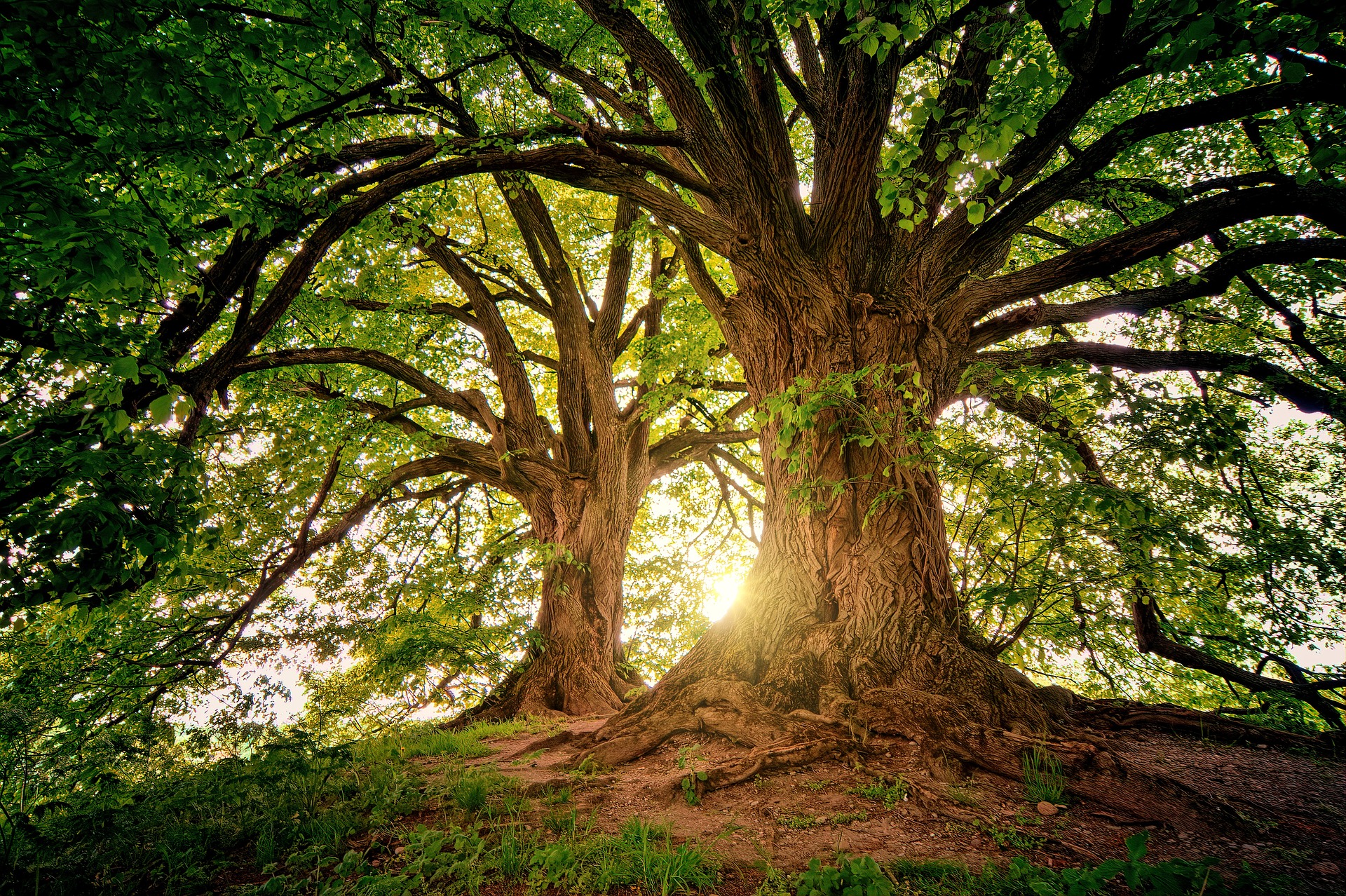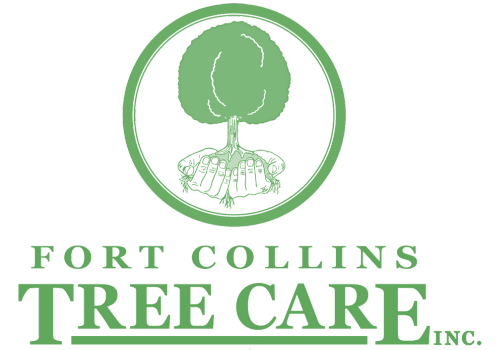ARE YOU READY FOR SOME HELP?
Damage caused by peach tree borer
The peach tree borer is the most destructive insect pest of peach, cherry, plum, and other stone fruits in Colorado. Trees are damaged when the larvae eat the inner bark (cambium layer), preventing flow of water and nutrients. Most damage is near ground level (3″ below ground to 12″ above ground) on the trunk, but they sometimes attack roots and limbs throughout the tree. Young trees may be girdled and then die, and older trees can be weakened and even killed by large infestations. Most healthy adult trees will survive when attacked by the peach tree borer, but they may not be as vigorous as they could be.
Image by: James Solomon, USDA Forest Service, Bugwood.org
How to identify peach tree borer
Look for evidence of the peach tree borer on the tree trunk near the ground, wet spots on the bark caused by larvae tunneling in the inner bark, and oozing or gummy, clear or translucent dark sap containing boring dust dripping from holes in the bark.
The eggs are oval shape about 0.7mm long, and reddish-brown. They are laid in small clusters or singly in cracks or wounds on the lower trunk or soil near the tree. Peach tree borer larvae are white or cream colored with light to dark brown heads, and are about 1.5″ long. The pupae are dark brown to black and 1/2″ long.
Adult peach tree borers are day-flying moths that look like wasps. The female is steel blue with an orange band on the abdomen, opaque forewings covered in blue scales, transparent hind wings and they have a wingspan of about 1.5″. The male has a wingspan of about 1″ and its forewings and hind wings are clear, the forewing has a line, and the abdomen is blue with 3-4 narrow yellow stripes.
Image by: Clemson University – USDA Cooperative Extension Slide Series, Bugwood.org
Life cycle of the peach tree borer
The first eggs of the season hatch in mid-July, about 10 days after they were laid on the lower trunk or nearby on the ground. The larvae immediately crawl through cracks in the bark and begin tunneling and eating the inner bark (cambium layer). They feed until the weather cools in the Fall, when they leave the tree and tunnel into the ground where they overwinter. Some larvae overwinter under the bark
In the spring, the larvae return to the tree and continue eating the inner bark until they mature and begin pupating in June. The adult peach tree borers emerge from the ground after a month, in July and August. After mating the female peach tree borer lays about 400 eggs on the tree trunk and nearby soil, in mid-July to mid-August, and she dies a few days later. The peach tree borer has one generation per year.
Image by: Clemson University – USDA Cooperative Extension Slide Series, Bugwood.org
How to control the peach tree borer
If you don’t mulch around your trees, do limit damage to the lower trunk and generally keep your trees healthy and unstressed female peach tree borers will avoid them and the trees will be able to tolerate damage from the peach tree borers better.
The most effective controls are insecticides applied when the eggs and early larval stages are still on the tree bark.













